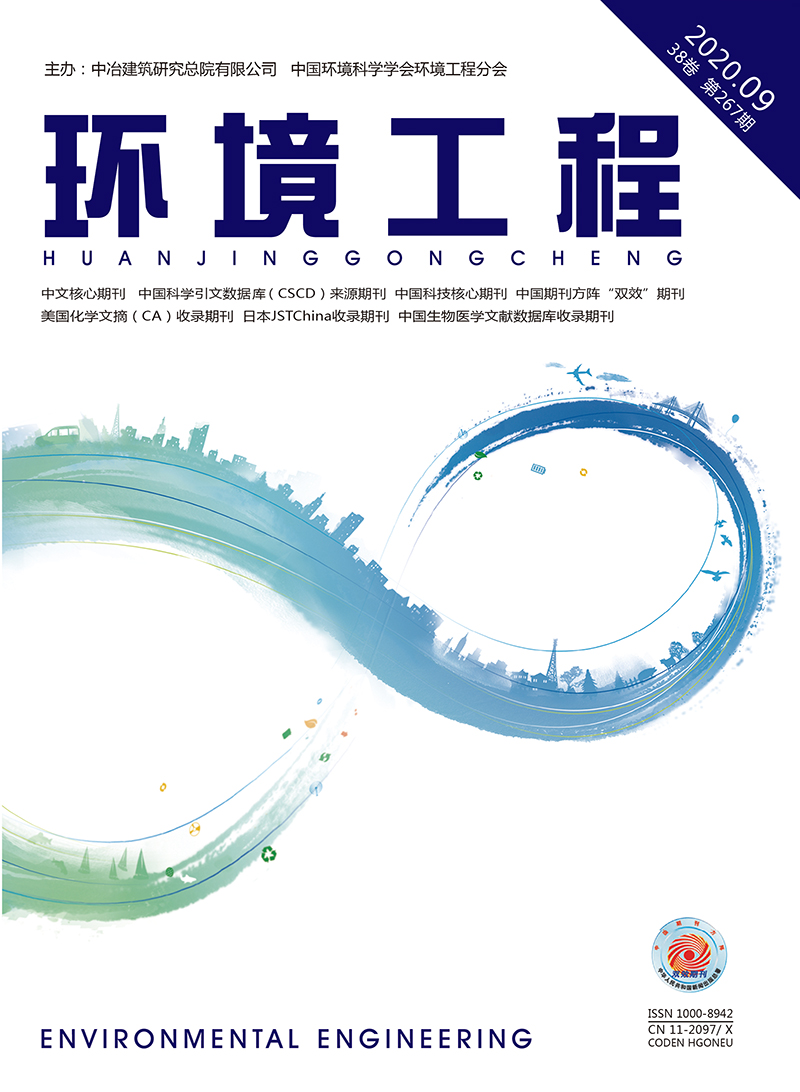|
NASCIMENTO A M A, CHARTONE-SOUZA E. Operon mer:bacterial resistance to mercury and potential for bioremediation of contaminated environments[J]. Genetics and Molecular Research, 2003, 2(1):92-101.
|
|
CHIEN M, NAKAHATA R, ONO T, et al. Mercury removal and recovery by immobilized Bacillus megaterium MB1[J]. Frontiers of Chemical Science and Engineering, 2012, 6(2):192-197.
|
|
ZAHIR F, RIZWI S J, HAQ S K, et al. Low dose mercury toxicity and human health[J]. Environmental Toxicology and Pharmacology, 2005, 20(2):351-360.
|
|
LI P, FENG X B, QIU G L, et al. Mercury pollution in Asia:a review of the contaminated sites[J]. Journal of Hazardous Materials, 2009, 168(2/3):591-601.
|
|
MAHBUB K R, KRISHNAN K, MEGHARAJ M, et al. Bioremediation potential of a highly mercury resistant bacterial strain Sphingobium SA2 isolated from contaminated soil[J]. Chemosphere, 2016, 144:330-337.
|
|
WAGNER-DOBLER I. Bioremediation of Mercury:Current Research and Industrial Applications[M]. Poole:Caister Academic Press, 2013:2-6.
|
|
王新, 周启星. 重金属与土壤微生物的相互作用及污染土壤修复[J]. 环境工程学报, 2004, 5(11), 1-5.
|
|
刘平, 仇广乐, 商立海. 汞污染土壤植物修复技术研究进展[J]. 生态学杂志, 2007, 26(6):933-937.
|
|
VELÁSQUEZ-RIAÑO M, BENAVIDES-OTAYA H D. Bioremediation techniques applied to aqueous media contaminated with mercury[J]. Critical Reviews in Biotechnology, 2016, 36(6):1124-1130.
|
|
邹鲤岭, 杨加庆, 程先锋, 等. 云南土壤和白菜重金属东川小江沿岸农田污染研究[J]. 西南农业学报, 2018, 31(4):754-758.
|
|
BLOOM N, FITZGERALD W F. Determination of volatile mercury species at the picogram level by low-temperature gas chromatography with cold-vapour atomic fluorescence detection[J]. Analytica Chimica Acta, 1988, 208(1/2):151-161.
|
|
WU D, ZHANG Z P, GAO Q L, et al. Isolation and characterization of aerobic, culturable, arsenic-tolerant bacteria from lead-zinc mine tailing in southern China[J]. World Journal of Microbiology and Biotechnology, 2018, 34(12):177.
|
|
卢福芝, 李启虔, 何海燕, 等. 一株抗镉真菌的分离鉴定及特性研究[J]. 环境工程, 2016, 34(4):64-67.
|
|
姜雨萌, 牛永春, 邓晖. rDNA ITS序列在ACCC真菌鉴定中的应用[J]. 微生物学通报, 2016, 43(5):942-947.
|
|
BELLEMAIN E, CARLSEN T, BROCHMANN C, et al. ITS as an environmental DNA barcode for fungi:an in silico approach reveals potential PCR biases[J]. BMC Microbiology, 2010, 10(1):189.
|
|
FRANÇOIS F, LOMBARD C, GUIGNER J M, et al. Isolation and characterization of environmental bacteria capable of extracellular biosorption of mercury[J]. Applied and Environmental Microbiology, 2012, 78(4):1097-1106.
|
|
SENEVIRATNE M, GUNARATNE S, BANDARA T, et al. Plant growth promotion by Bradyrhizobium japonicum under heavy metal stress[J]. South African Journal of Botany, 2016, 105:19-24.
|
|
KURNIATI E, ARFARITA N, IMAI T, et al. Potential bioremediation of mercury-contaminated substrate using filamentous fungi isolated from forest soil[J]. Journal of Environmental Sciences, 2014, 26(6):1223-1231.
|
|
ZAFAR S, AQIL F, AHMAD I. Metal tolerance and biosorption potential of filamentous fungi isolated from metal contaminated agricultural soil[J]. Bioresource Technology, 2007, 98(13):2557-2561.
|
|
韩桂云, 齐玉臣, 刘忱, 等. 温度、pH对菌根真菌生长影响的研究[J]. 生态学杂志, 1993,12(1):15-19.
|
|
魏景超. 真菌鉴定手册[M]. 上海:上海科学技术出版社,1979:498-499.
|
|
BARKAY T, MILLER S M, SUMMERS A O. Bacterial mercury resistance from atoms to ecosystems[J]. FEMS Microbiology Reviews, 2003, 27(2/3):355-384.
|
|
DASH H R, DAS S. Bioremediation of mercury and the importance of bacterial mer genes[J]. International Biodeterioration & Biodegradation, 2012, 75:207-213.
|
|
JIMÉNEZ-MORENO M, PERROT V, EPOV V N, et al. Chemical kinetic isotope fractionation of mercury during abiotic methylation of Hg (Ⅱ) by methylcobalamin in aqueous chloride media[J]. Chemical Geology, 2013, 336:26-36.
|
|
MARTÍNEZ-JUÁREZ V M, CÁRDENAS-GONZÁLEZ J F, TORRE-BOUSCOULET M E, et al. Biosorption of mercury (Ⅱ) from aqueous solutions onto fungal biomass[J]. Bioinorganic Chemistry and Applications, 2012:1-5.
|
|
OYETIBO G O, ISHOLA S T, IKEDA-OHTSUBO W, et al. Mercury bioremoval by Yarrowia strains isolated from sediments of mercury-polluted estuarine water[J]. Applied Microbiology and Biotechnology, 2015, 99(8):3651-3657.
|
|
OUST A, MØRETRØ T, KIRSCHNER C, et al. FT-IR spectroscopy for identification of closely related lactobacilli[J]. Journal of Microbiological Methods, 2004, 59(2):149-162.
|
|
黄晓婷, 马义丽, 李有志. 微紫青霉菌Penicillium janthinellum菌株GXCR吸附废水中Cd2+的研究[J]. 菌物学报, 2009, 28(6):850-856.
|
|
MECOZZI M, PIETROLETTI M, DI MENTO R. Application of FTIR spectroscopy in ecotoxicological studies supported by multivariate analysis and 2D correlation spectroscopy[J]. Vibrational Spectroscopy, 2007, 44(2):228-235.
|


 Login
Login Register
Register E-alert
E-alert






 DownLoad:
DownLoad: